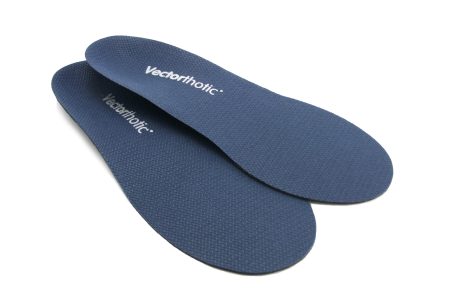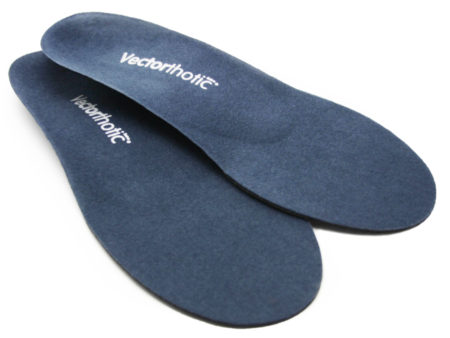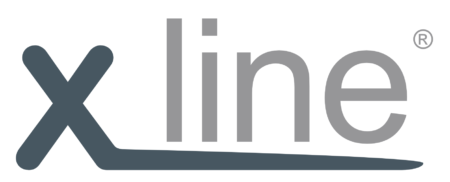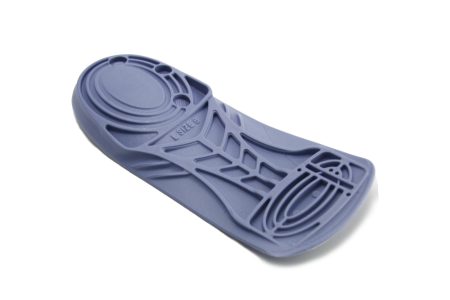Bucking the Trend: Unique Features in HealthyStep Orthoses
 Despite the wide range of preform foot orthoses now available and the infinite possibilities of custom orthoses fabrication options, it still comes down to the shape and material of the orthoses when choosing a prescription. Both of these factors will be dictated by the pathology requiring intervention, and the shoe the orthosis is going to fit into. We call this ‘SMS relationship’ (shape, material, shoe), and it’s a subject we’ve covered in detail in previous advice hub articles…just check them out.
Despite the wide range of preform foot orthoses now available and the infinite possibilities of custom orthoses fabrication options, it still comes down to the shape and material of the orthoses when choosing a prescription. Both of these factors will be dictated by the pathology requiring intervention, and the shoe the orthosis is going to fit into. We call this ‘SMS relationship’ (shape, material, shoe), and it’s a subject we’ve covered in detail in previous advice hub articles…just check them out.
So this being the case, why consider one manufacturer’s preformed foot orthoses over another’s? Is there really that much difference? The answer is yes there is! Each company is using slightly different materials with different shores (firmness) and different shapes. I can’t tell you the thinking behind other manufacturer’s products because I wasn’t involved in their designing process, but I can tell you about some of the unique properties of HealthyStep’s preformed foot orthoses because I involved in the designs from start to finish.
HealthyStep® is a company that uses research, review papers and clinical practice to design its orthoses. The product can be neatly divided into true preformed orthoses and hybrid-custom preform devices. The latter is the Vectorthotic/ Alleviate Select, which remains quite different from anything else on the market. The Vectorthotic/Select can be used as a basic shell will no adjustments added just like other plastic-type shells, but it is specifically designed to be adjusted to the patient’s needs. It can also be easily further customised to the patient’s needs at fitting and easily adjusted at a review. The rearfoot posts can be added and removed without adhesive, to the patient’s requirements, while provided top covers can be fitted or adjusted and fitted or a custom top cover can be fitted. The shell is specifically reinforced at the talonavicular joint, calcaneocuboid joint, at the rearfoot and forefoot edges. It also has central reinforcements that resist sagittal plane deformation, but also bring about frontal plane torsion resistance.
At present two top covers are available, one with basic over shell contouring the other with enhanced talonavicular support and metatarsal pad built into an increased midfoot saddle. Although nearly 20 years old the Vectorthotic remains in a class of its own and is one of the best clinically researched preformed foot orthoses on the market. More very positive research is to be published soon.


The other preformed family can be divided into three, those that are generic but vary in material properties, those that are condition-specific and vary in shape, and those that are shoe specific and vary in shape and material and only work in a particular type of shoe. You see we follow the SMS relationship in our product designs, so we practice what we preach!

The X-Line family of the X-Line Standard, RIF, Pressure Perfect and X-Line 70, all have are unique medial and lateral columns supporting midfoot saddle, 1st and 5th ray declinations, metatarsal pads and 2-5 metatarsal head platforms which we know from the research are positioned to restrict both sagittal and transverse plane spreading of the foot during midstance, while attempting to enhance the foot stiffening mechanisms and midfoot plantarflexion mechanisms that occur in terminal stance. The shock attenuation material on the pressure perfect is for those who have soft tissue dysfunction that can affect the normal viscoelastic properties of the plantar fat pads. For more on this subject see our advice hub article on Heel Pain and Viscoelasticity.
The Condition-Specific range all have key features in their shape and construction to overcome the changes that occur in the biomechanics from having the pathology they are designed for. See our Advice Hub articles on each Condition-Specific orthosis. This doesn’t mean these devices can only be used for these conditions, for other conditions may also be helped in the clinician uses their imagination. See our Advice Hub article on using Condition-Specific orthoses in other situations. Put in links here
 Finally, we offer two orthoses where other orthoses can not go, formal dress shoes with limited internal space and high-heels over 1 ½”. These orthoses do not work in other shoes! The Nine to Five Everyday orthosis is for those patients who still need some limited support in office shoes or formal occasions where activity is limited as much as shoe space. The tight grip on the foot and the orthosis are used to create support. This can be an ideal orthosis for tight-fitting soccer boots too.
Finally, we offer two orthoses where other orthoses can not go, formal dress shoes with limited internal space and high-heels over 1 ½”. These orthoses do not work in other shoes! The Nine to Five Everyday orthosis is for those patients who still need some limited support in office shoes or formal occasions where activity is limited as much as shoe space. The tight grip on the foot and the orthosis are used to create support. This can be an ideal orthosis for tight-fitting soccer boots too.
The high-heel Nine to Five Insole was designed for forefoot burning and other metatarsalgias for ballroom dancers. You can’t tell them to wear trainers, can you? The material and construction are designed to reduce forefoot peak pressures and loading time while not limiting toe-box space as forefoot padding does, and can adapt to a wide range of heel heights. The body centre of mass is encouraged to spend longer on the heel in static and dynamic stance.
The special non-slip design prevents the insole from slipping forward, yet it can easily be moved from shoe to shoe. Simple by hand washing keeps the insole cleaning, gripping to the shoes and smelling fresh. We’ve even added a pleasant minty odour too them. Oh, and just for the record, this product was designed and registered before another device came on the market claiming the same sort of effect!
So there is a quick introduction as to why we think we are a bit unique at HealthyStep®.
Is there more to come I hear you ask?
Oh yes, there certainly is!


